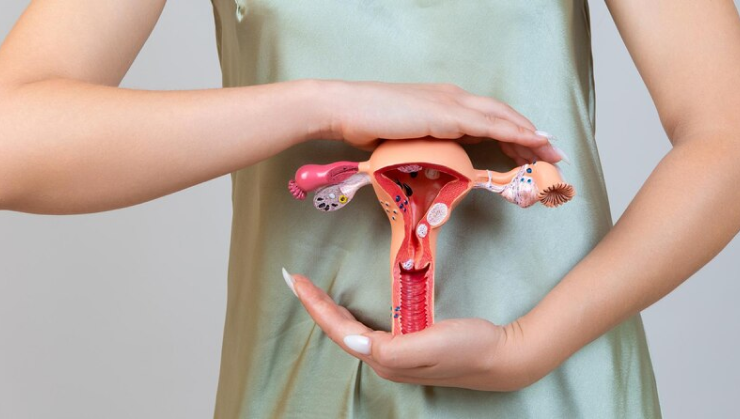
Obstetrics, Gynaecology and Fetal Medicine
Reproductive Tract Infections (RTIs): Causes, Symptoms, Treatment, and Prevention
December 2023
Obstetrics, Gynaecology and Fetal Medicine

The journey of womanhood is a tapestry woven with the intricate threads of hormonal changes that span from the onset of puberty to the transition through menopause. These shifts, orchestrated by a delicate interplay of hormones, shape various aspects of a woman's life. In this article, we'll explore the hormonal rollercoaster that accompanies different life stages, from the tumultuous teenage years of puberty to the transformative journey through menopause.
Puberty marks the initiation of the hormonal symphony that propels a girl into womanhood. The hypothalamus and pituitary gland kickstart the release of hormones, primarily estrogen and progesterone. These hormonal surges bring about physical changes such as breast development, the onset of menstruation, and the maturation of reproductive organs. Emotionally and psychologically, puberty sets the stage for self-discovery and identity formation.
The reproductive years are characterized by the ebb and flow of the menstrual cycle. Estrogen and progesterone orchestrate this intricate dance, regulating ovulation, and preparing the uterus for potential pregnancy. Hormonal fluctuations during the menstrual cycle can influence mood, energy levels, and even cognitive function. Understanding and embracing these changes empower women to navigate their reproductive journey with awareness.
Pregnancy brings about a surge in hormones, creating a nurturing environment for the developing fetus. Hormones such as human chorionic gonadotropin (hCG), progesterone, and estrogen play pivotal roles in supporting pregnancy, influencing everything from morning sickness to mood swings. The hormonal changes during this period are a testament to the incredible adaptability of the female body.
After childbirth, hormonal changes continue during the postpartum period. The body undergoes adjustments to return to its pre-pregnancy state. Prolactin, the hormone responsible for milk production, increases, while estrogen and progesterone levels decrease. These fluctuations can contribute to the infamous "baby blues" and impact emotional well-being.
As women approach their 40s, hormonal changes signal the onset of perimenopause. Estrogen and progesterone levels begin to fluctuate, leading to irregular menstrual cycles and a range of symptoms such as hot flashes and mood swings. This transitional phase can last several years before the onset of menopause.
Menopause marks the cessation of menstruation, typically occurring around the age of 50. Estrogen and progesterone production declines significantly, leading to a variety of symptoms like night sweats, vaginal dryness, and changes in bone density. Hormone replacement therapy (HRT) is one option for managing these symptoms, though it comes with its own set of considerations.
The hormonal changes that accompany a woman's lifespan are a testament to the remarkable complexity and adaptability of the female body. Understanding these hormonal shifts is not only crucial for physical health but also empowers women to navigate the emotional and psychological aspects of each life stage. By embracing the hormonal odyssey from puberty to menopause, women can foster a deeper connection with their bodies, promoting holistic well-being throughout the various chapters of their lives.

Obstetrics, Gynaecology and Fetal Medicine
December 2023

Obstetrics, Gynaecology and Fetal Medicine
December 2023